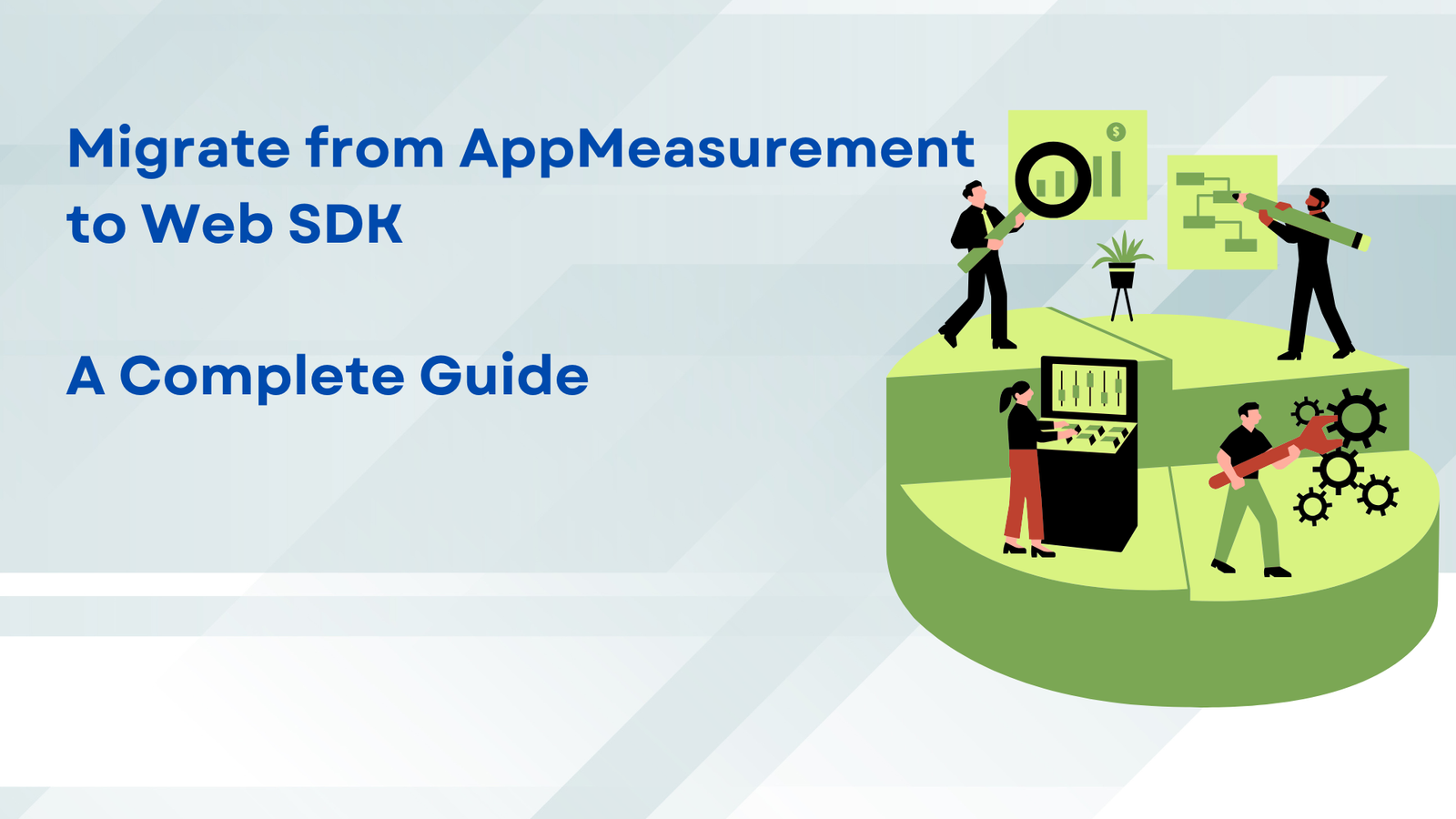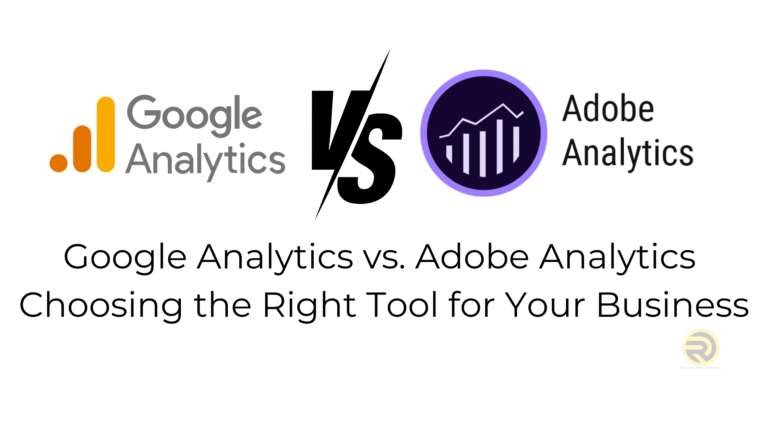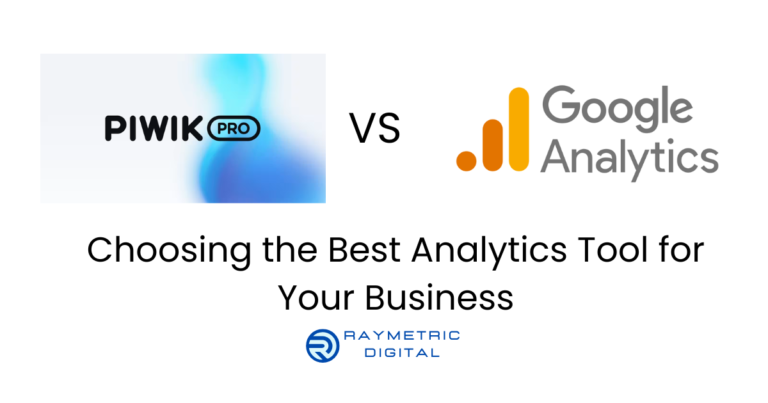Migrate from AppMeasurement to Adobe Web SDK: A Complete Guide
Table of Contents
Introduction
Migrating from AppMeasurement to the Adobe Web SDK is a strategic move that enhances data collection, improves tracking efficiency, and prepares your analytics for Customer Journey Analytics. This guide provides a step-by-step process to ensure a seamless migration while minimizing disruptions to your existing implementation.
Why Migrate to Adobe Web SDK?
Benefits of Migrating to Web SDK
Improved Data Collection: Unified data transmission for Adobe Analytics and the Adobe Experience Platform.
Future-Proof Implementation: Prepares your setup for advanced tools like Customer Journey Analytics.
Flexible Data Management: Supports XDM schemas but does not require immediate adoption.
Adobe Web SDK vs. AppMeasurement Comparison
| Feature | Adobe Web SDK | AppMeasurement |
|---|---|---|
| Implementation | Uses modern JavaScript library (Alloy.js) | Relies on legacy AppMeasurement.js |
| Data Collection | Supports unified data layers | Uses traditional tracking methods |
| Flexibility | Works with Adobe Experience Platform | Limited to Adobe Analytics |
Steps for AppMeasurement Migration
Create and Configure a Datastream
The datastream acts as a central hub for collecting and forwarding data to Adobe Analytics.
Log in to the Adobe Experience Platform.
Navigate to
Data Collection > Datastreams.Click on “New Datastream,” assign a name, and save it.
Add Adobe Analytics as a service and enter your report suite ID.
Install the Web SDK JavaScript Library
To implement the Web SDK, install the latest version of the Alloy.js script on your website:
<script src="https://cdn.adobe.com/alloy.js"></script>
Configure the Web SDK
Define your implementation settings using the configure command:
alloy("configure", {datastreamId: "YOUR_DATASTREAM_ID",orgId: "YOUR_ORG_ID"});
Update Code Logic to Use JSON Payload
Transition from AppMeasurement.js to structured JSON objects for tracking:
var dataObj = {
data: {
__adobe: {
analytics: {
pageName: document.title,
eVar1: "Example Value"
}
}
}
};Replace Tracking Calls with Web SDK Commands
Page View Tracking:
alloy("sendEvent", dataObj);
Manual Link Tracking:
dataObj.data.__adobe.analytics.linkName = "Example Link";dataObj.data.__adobe.analytics.linkType = "o";alloy("sendEvent", dataObj);
Validate and Publish Changes
Remove all references to
AppMeasurement.js.Test the implementation in a development environment.
Deploy changes to production after validation.
Troubleshooting Web SDK Migration Issues
If you encounter issues during migration:
Verify that
datastreamIdandorgIdare correctly configured.Use the Adobe Experience Cloud Debugger to validate network requests.
Ensure JSON payloads are correctly structured before sending tracking calls.
Conclusion
Migrating from AppMeasurement to Adobe Web SDK future-proofs your analytics setup, enhances data flexibility, and prepares your organization for deeper insights with tools like Customer Journey Analytics. By following this guide, you can ensure a smooth transition while maintaining data accuracy and consistency.
Reference Links :
How to Install the Web SDK using the JavaScript library
How to Install the Web SDK using the tag extension



